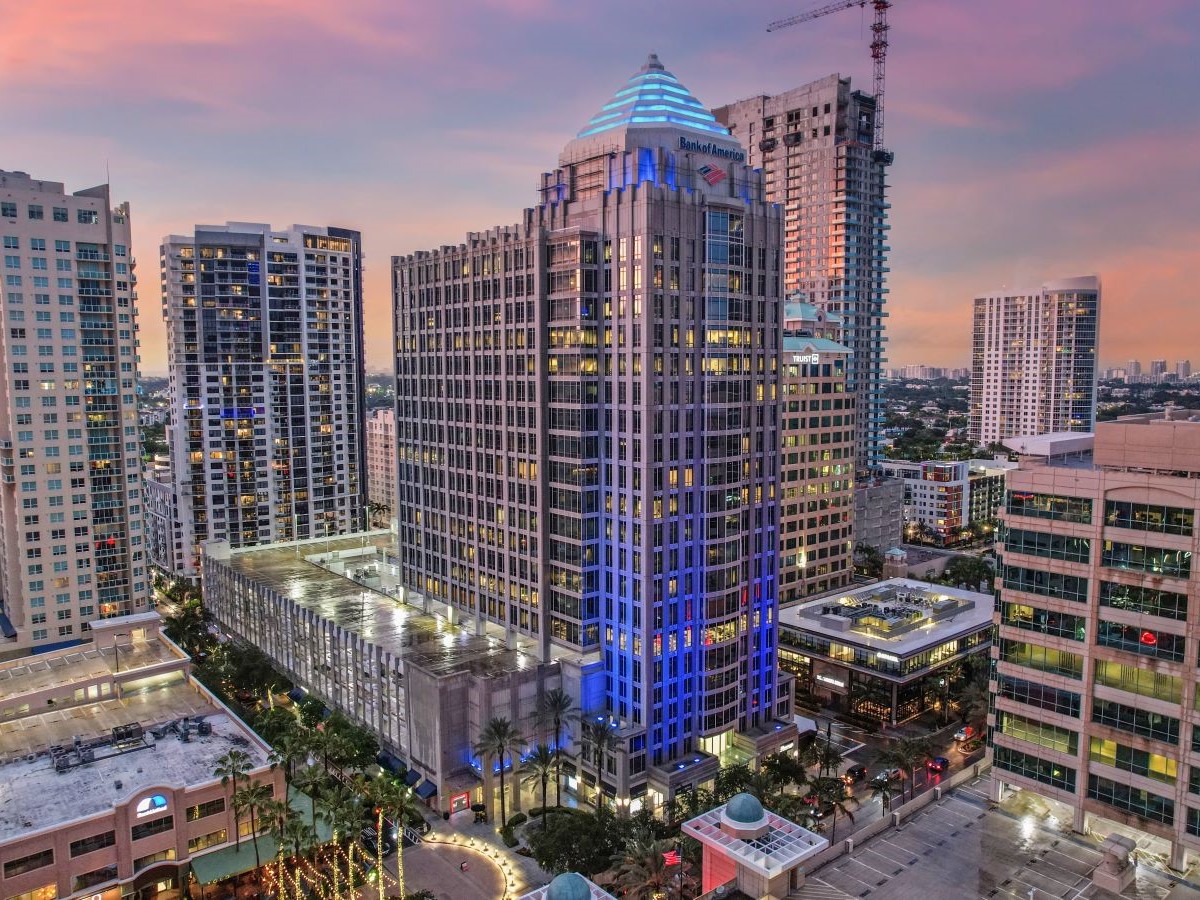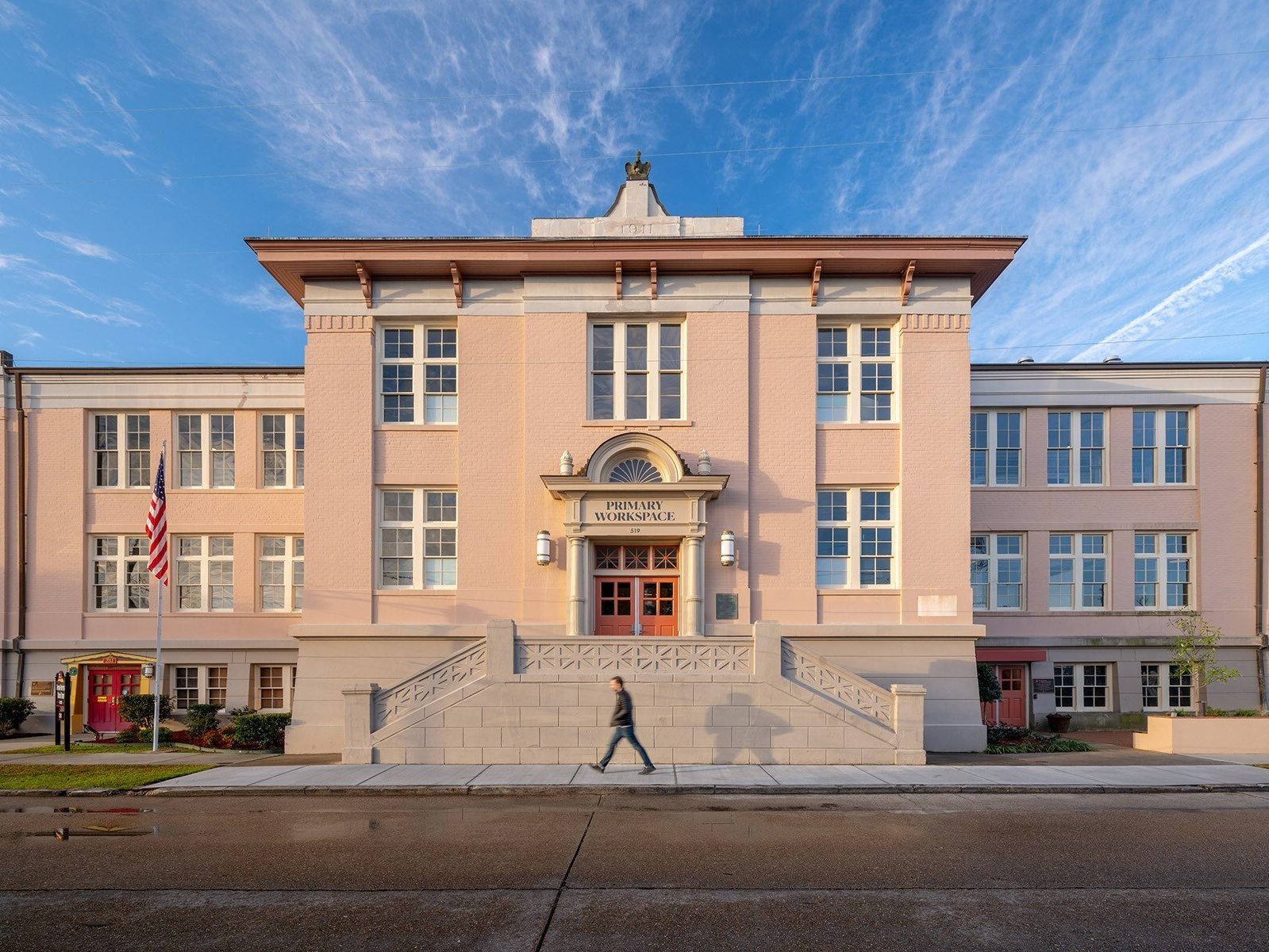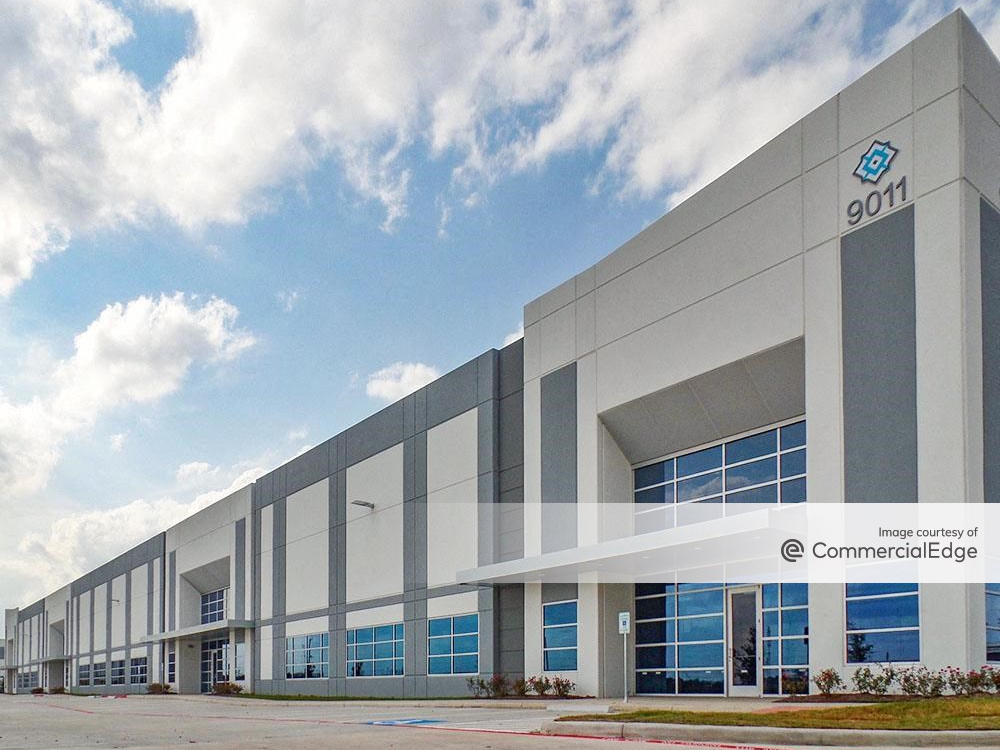The Questions Single-Tenant Office Buyers Are Asking
The future of this asset category lies in the hands of corporate America, according to BJ Feller and Isaiah Harf of Stan Johnson Co.

As the COVID-19 pandemic starts to wane in the U.S., the commercial real estate market has been closely monitoring the status of the most heavily impacted segments to determine if the time is right to start deploying capital in new acquisitions. No product type is being watched more closely than the office sector, since return to office plans are still uncertain for many companies.
Some investors have been hesitant to pursue new acquisitions, even with incredibly cheap financing available, for fear of what the future of office may look like. After a record-setting year in 2019, where the single-tenant office sector reported annual sales of $28.7 billion, the market saw transactions plummet in 2020 with sales volume only reaching $18.7 billion. That drop is almost solely a byproduct of the uncertainty that has confounded the marketplace.
With the pandemic’s end on the horizon, investors are now keenly focused on seeing if the time is right to revisit office in earnest while interest rates remain very low, and pricing in other commercial real estate segments remains very aggressive.
What Are Sizable U.S. Companies Doing With Their Spaces?
Office investors are looking to some of the nation’s largest companies and thought leaders to see how they are approaching the question of returning to the office. Investors have a good degree of faith that the voices of the
industry titans represent a good barometer of what other smaller corporate leaders throughout the U.S. are thinking. Just this month, both Goldman Sachs and JPMorgan Chase announced their intent to return to the office. Chase has set a goal of 50 percent of its workers returning to the office on a rotating basis by June, with CEO Jamie Dimon saying, “We want people back to work, and my view is that sometime in September, October it will look just like it did before.” Meanwhile, Goldman Sachs recently announced a goal of having workers back to the office by June 14.
What Do Employees Want?

Isaiah Harf
Office landlords understand that while executives ultimately make real estate decisions and sign leases, their decisions are very much impacted by how their rank-and-file employees want to work. Particularly in times of low unemployment, companies must be responsive to their employees to recruit and retain them. Recent studies have shown that a high percentage of workers want to return to the office in some capacity, with many citing social interaction with colleagues as the primary reason. This would seemingly bode well for office owners, insomuch as it shows that offices are still a core part of the American social fabric.
What Has the Impact Been so Far?
Kastle Systems, an electronic access company, recently reported that office occupancy (not percent leased, but rather percent physically occupied) still has only risen to 26.5 percent of where it was before the pandemic. This will be a telling statistic to monitor for landlords, to see how fast this rises in the months ahead. Additionally, investors will closely be watching the amount of sublease space that stays on the market, which is at an all-time high. Although there are reasons to be optimistic about an office recovery, there are a great many headwinds still blowing that will require discerning analysis from investors in the months ahead. With the pandemic’s end on the horizon, investors are now keenly focused on seeing if the time is right to revisit office in earnest while interest rates remain very low, and pricing in other commercial real estate segments remains very aggressive. With that being said, here are some of the dynamics that investors are most closely following:
BJ Feller is managing director & partner and Isaiah Harf is regional director & partner with the Stan Johnson Co.







You must be logged in to post a comment.